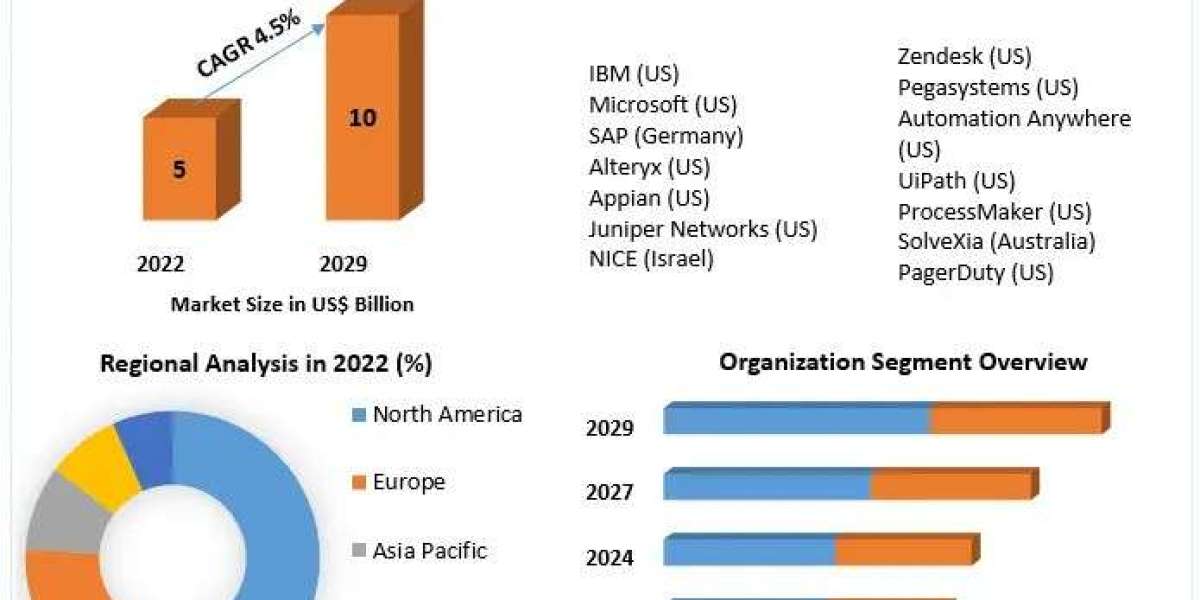Are you tired of production delays and unsatisfactory results? If so, it might be time to upgrade your machining center. Enter the horizontal machining center - a cutting-edge solution that's revolutionizing large scale manufacturing. With its unique capabilities and advanced features, this machine has become the go-to choice for manufacturers looking to improve efficiency and precision while reducing costs. In this blog post, we'll explore the many advantages of using a horizontal machining center for large scale production, from increased accuracy to faster processing times. So buckle up - it's time to take your manufacturing game to the next level!
What is a Horizontal Machining Center?
A horizontal machining center is a type of computer-controlled machine tool used for precision machining of metal or plastic materials. Unlike a vertical machining center, which has a vertically oriented spindle, a horizontal machining center features a horizontally oriented spindle that holds a cutting tool.
The spindle of a horizontal machining center can rotate at high speeds, allowing for high-speed cutting and milling operations with high accuracy and repeatability. The machine's cutting tool can move along the X, Y, and Z axes, enabling complex cutting and milling operations.
Horizontal machining centers are commonly used in industries such as automotive, aerospace, and medical device manufacturing. They are ideal for machining parts with complex shapes and designs, as well as for making parts with tight tolerances.
The machine is typically controlled by a computer program, which can be programmed to perform specific cutting and milling operations automatically. Advanced features like automatic tool changers, tool length sensors, and coolant systems help increase productivity and reduce operator fatigue.
Overall, the horizontal machining center is a versatile and efficient tool for precision machining applications in various industries. It is particularly useful for machining large parts or components with high-volume production requirements.
The Advantages of using a Horizontal Machining Center
The horizontal machining center offers many advantages for large scale production, as it is able to produce parts with a high degree of accuracy and repeatability. In addition, the machine is capable of producing large quantities of parts in a short amount of time, which makes it ideal for high-volume production runs.
How to Use a Horizontal Machining Center
Horizontal machining centers (HMCs) are large-scale production machines that are used to fabricate metal parts. The machine is composed of a table, a spindle, and an X-Y carriage. The table is where the workpiece is positioned and secured. The spindle holds the cutting tool and spins at high speeds to remove material from the workpiece. The X-Y carriage moves the cutting tool along the X and Y axes to create the desired shape.
There are many advantages to using an HMC for large-scale production, including:
1. Increased productivity – HMCs are much faster than traditional machining methods, such as milling or drilling. This increased speed results in increased productivity and shorter lead times.
2. Greater accuracy – HMCs can produce parts with tight tolerances and intricate shapes that would be impossible to create with traditional methods.
3. Increased versatility – HMCs can be equipped with a variety of different tools, making them ideal for complex applications that require multiple operations.
4. Reduced setup time – setup time is greatly reduced with an HMC because all operations can be performed on one machine. This eliminates the need for multiple machines and reduces the overall footprint of the manufacturing process.
5. Improved safety – HMCs are enclosed machines that use computer numerical control (CNC) technology to operate. This reduces the risk of operator error and increases safety in the workplace.
When to Use a Horizontal Machining Center
Horizontal machining centers (HMCs) offer a number of advantages for large-scale production, including the ability to handle large and heavy workpieces, increased productivity, and improved accuracy. When deciding whether to use an HMC for a particular project, there are a few factors to consider.
First, HMCs are best suited for projects that require the machining of large or heavy workpieces. If the project can be completed using a smaller machine, such as a vertical machining center (VMC), it may be more cost-effective to do so.
Second, HMCs are typically more productive than VMCs. This is due to the fact that they can accommodate more tooling and generally have larger spindles that allow for higher cutting speeds.
Finally, HMCs tend to be more accurate than VMCs. This is because they have longer beds and larger tables that provide more stability during the machining process. In addition, their design helps to minimize vibration and other sources of error.
Conclusion
The horizontal machining center has revolutionized large-scale production. Its ability to efficiently produce high-precision parts quickly and accurately makes it a viable choice for many manufacturers. With its precision, accuracy, fast cycle times and ease of use, the horizontal machining center is an attractive option for large scale production. We believe that this machine offers numerous advantages over other technologies when used in large-scale production runs and we encourage you to explore the possibilities further with your own projects!







